A recent study by Lemenkova, P. (2024) titled “An automated algorithm of GRASS GIS to retrieve the data on land cover types in Guinea, West Africa, from Landsat-8 OLI/TIRS images” published in Ovidius University Annals Series: Civil Engineering, examine that a script-based computer vision approach is effective for processing, classifying, and analyzing satellite images to extract land cover classes in tropical West Africa.
“
Script-based satellite analysis accurately extracts land cover classes, crucial for environmental management– Lemenkova, P. (2024)
The study explores an automated algorithm using GRASS GIS to classify land cover types in Guinea, West Africa, from Landsat-8 OLI/TIRS images. The research evaluates Landsat OLI/TIRS multispectral images and integrates GRASS GIS, GMT, and QGIS software for accurate land cover mapping. A script-based computer vision approach is employed for image processing, classification, and analysis. This method proves effective in extracting land cover classes for environmental mapping in the tropical region of West Africa. The study area includes diverse ecosystems, from tropical forests to dry savanna woodlands. The author highlights significant land cover changes due to factors like deforestation, urban sprawl, and climate change, emphasizing the importance of satellite image processing in environmental monitoring. The study provides technical foundations using scripts for extracting information from remote sensing data. The results show high classification accuracy and demonstrate the effectiveness of the automated classification approach of GRASS GIS for image processing with scripts.
How the Study was Conducted
The author employed Landsat-8 OLI/TIRS multi-spectral images acquired in February of 2014 2018, and 20231. These images were used to map land cover types in Guinea, West Africa. The research combined GRASS GIS, GMT, and QGIS software for processing and cartographic visualization. GRASS GIS was employed for image processing, while GMT helped in creating topographic maps and QGIS for thematic mapping. A script-based approach was employed for image classification. K-means clustering was used to classify images into 18 classes, which were then upscaled to 10 classes for regional generalization. The accuracy of the classified images was evaluated using the kappa statistic and an error matrix, ensuring the reliability of the land cover classification results.
What the Authors Found
The author found that a script-based computer vision approach is effective for processing, classifying, and analyzing satellite images to extract land cover classes in tropical West Africa. The author also found that the script-based classification achieved high accuracy, with overall classification accuracies of 98.1% for 2014, 98.03% for 2018, and 98.4% for 2023.
Why is this important
Environmental Monitoring and Management: The ability to accurately classify land cover types using satellite imagery is crucial for environmental monitoring and management. By tracking changes in land cover over time, researchers and policymakers can identify deforestation, erosion, and desertification patterns. This information informs conservation efforts, land-use planning, and sustainable resource management.
Climate Change Implications: Understanding land cover changes provides insights into climate change impacts. For instance, deforestation contributes to carbon emissions, affecting global climate patterns. By monitoring land cover, we can assess the impact of human activities on the environment and take necessary actions to mitigate climate change.
Biodiversity Conservation: Different land cover types support diverse ecosystems and species. Accurate mapping helps identify areas with high biodiversity, aiding conservation efforts. For example, forests are critical habitats for various plant and animal species. Monitoring their health and changes is essential for preserving biodiversity.
Disaster Risk Assessment: Land cover information is vital for disaster risk assessment. Knowing which areas are prone to landslides, floods, or other natural hazards allows for better preparedness and response planning. Early warning systems can be developed based on land cover data.
Sustainable Development: Land cover classification informs sustainable development practices. It guides decisions related to urban expansion, agriculture, infrastructure development, and land use. Balancing economic growth with environmental protection relies on accurate land cover data.
What the Authors Recommend
- Given the success of the script-based approach and high classification accuracy, the authors emphasize the importance of continued monitoring using satellite imagery. Regular updates can provide valuable insights into land cover changes over time.
- The accurate mapping of land cover types enables evidence-based decision-making. Policymakers and environmental agencies should utilize this information to formulate and implement effective policies related to land use, conservation, and sustainable development.
- The study underscores the need for raising awareness among local communities, stakeholders, and the public about the significance of land cover monitoring. Educating people about the impact of land cover changes can lead to better environmental stewardship.
- The authors encourage collaboration between research institutions, government bodies, and NGOs. Sharing data, methodologies, and best practices can enhance the accuracy and reliability of land cover assessments.
In conclusion, the study demonstrates the efficacy of a script-based computer vision approach for processing, classifying, and analyzing satellite images to extract land cover classes in tropical West Africa. The findings underscore the importance of accurate land cover mapping for environmental monitoring, climate change mitigation, biodiversity conservation, disaster risk assessment, and sustainable development. With high classification accuracy and significant implications for policy formulation and community awareness, this research paves the way for continued advancements in satellite image analysis and informed decision-making towards a more sustainable future.



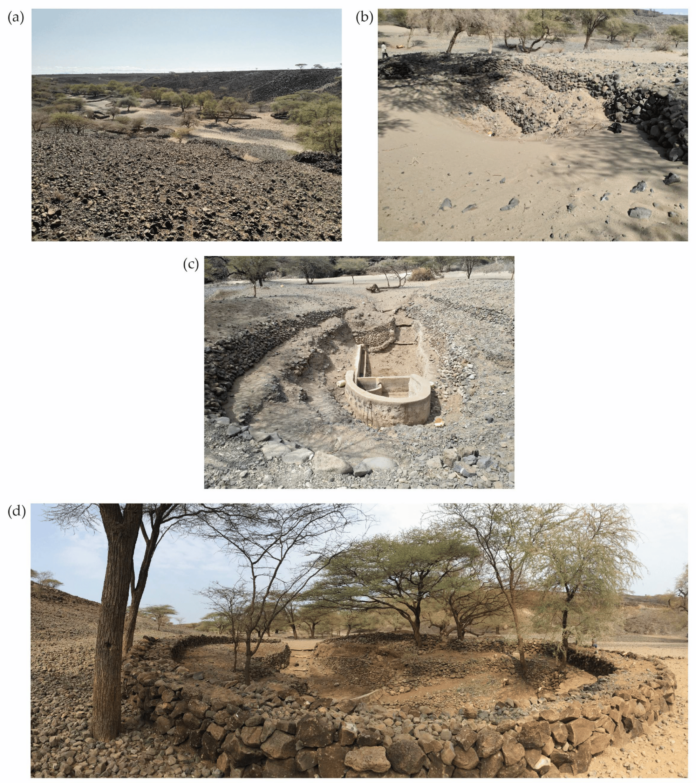

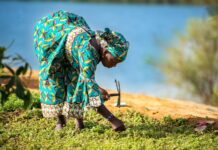

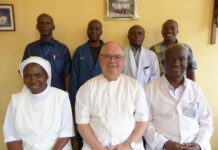
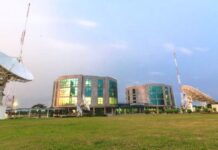
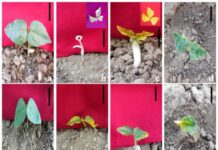
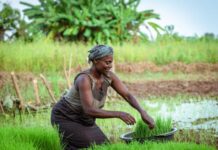

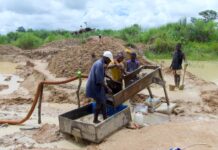



 The African Research (AR) Index is a comprehensive scholarly directory and database focused explicitly on journal publishers that publish and disseminate African research.
The African Research (AR) Index is a comprehensive scholarly directory and database focused explicitly on journal publishers that publish and disseminate African research.

